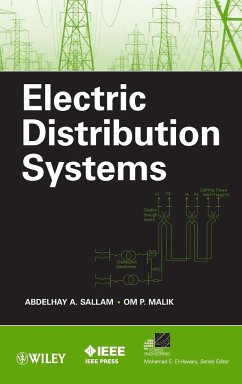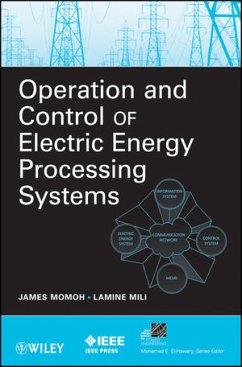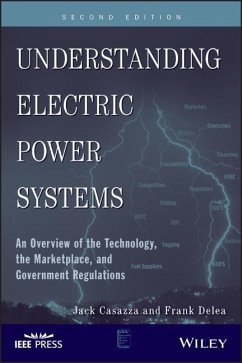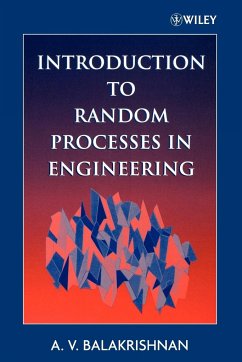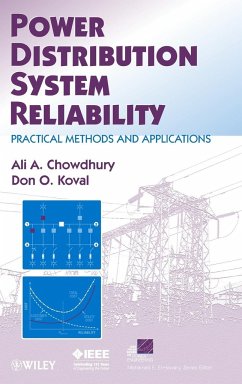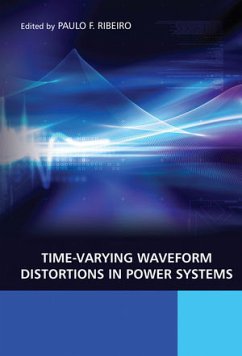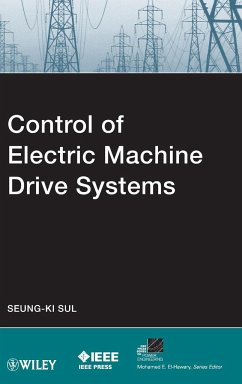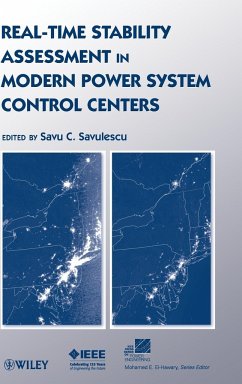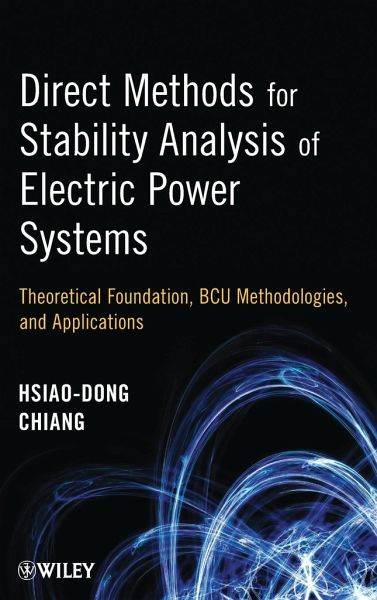
Direct Methods for Stability Analysis of Electric Power Systems
Theoretical Foundation, Bcu Methodologies, and Applications
Versandkostenfrei!
Versandfertig in über 4 Wochen
175,99 €
inkl. MwSt.
Weitere Ausgaben:

PAYBACK Punkte
88 °P sammeln!
Widely accepted around the world, the BCU method is the only direct method used in the power industry. Direct Methods for Stability Analysis of Electric Power Systems presents a comprehensive theoretical foundation of the method and its numerical implementation. This book provides graduate students, researchers, and practitioners with theoretical foundations of direct methods, energy functions, and the BCU method as well as the group-based BCU method and its applications. Numerical studies on industrial models and data are also included.






